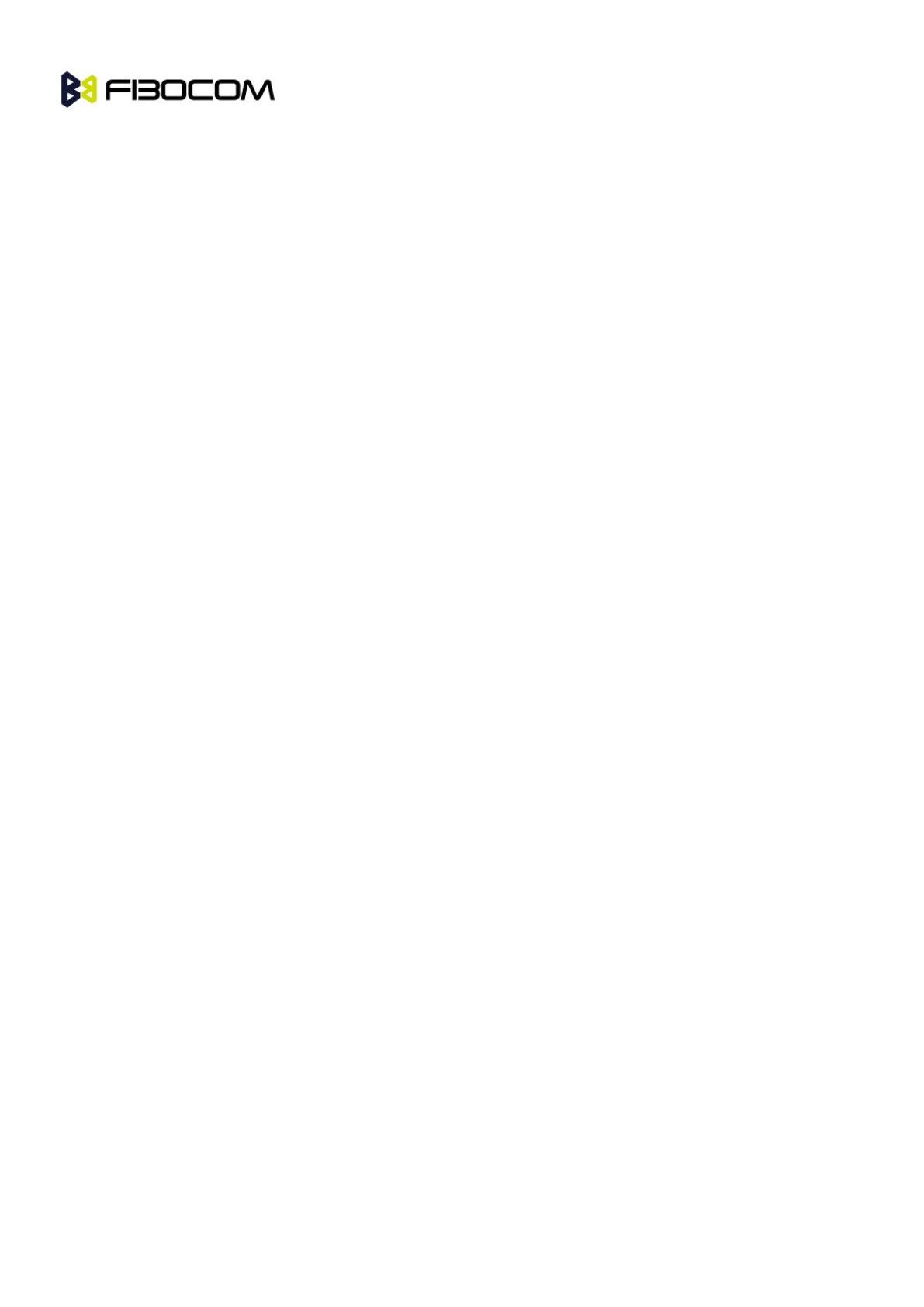User's Manual
Table Of Contents

H350 LGA Serials Module Hardware User Manual Page of
43
42
7.3 Antenna Design
7.3.1 Main Antenna Design Requirements
(1) Antenna Efficiency
Antenna efficiency is the ratio between antenna input power and radiation power. The radiation power of
an antenna is always lower than the input power due to the following factors: return loss, material loss,
and coupling loss.
Efficiency of the master antenna > 40% (–4dB)
(2) S11 or VSWR
S11 (return loss) indicates the degree to which the input impedance of an antenna matches the reference
impedance (50 ohm). S11 shows the resonance feature and impedance bandwidth of an antenna. Voltage
standing wave ratio (VSWR) is another expression of S11. S11 relates to the antenna efficiency. S11 can
be measured by vector analyzer.
S11 of the master antenna < –10 dB
(3) Polarization
The polarization of an antenna is the orientation of the electric field vector that rotates with time in the
direction of maximum radiation.
Linear polarization is recommended: it would be better if the polarization direction of diversity antenna is
different from main antenna.
(4) Radiation Pattern
Radiation pattern refers to the directional dependence of the strength of the radio waves from the antenna
or other source.
The radiation pattern of half wave dipole antennas is the best for wireless terminals. If it is built-in antenna,
PIFA antenna is recommended:
Antenna area (H x W x L): 6mm x 10mm x 100mm. PIFA or IFA antenna is recommended.
Radiation Pattern: Omni-directional
(5) Gain and Directivity
The directivity of the antenna is the electromagnetic field strength of the electromagnetic wave in each
direction. An antenna's power gain is a key performance figure which combines the antenna’s directivity
and electrical efficiency.
Antenna gain ≤ 2.5dBi
(6) Interference
Besides the antenna performance, the interference on the PCB board also affects the radio performance
(especially the TIS) of the module. To guarantee high performance of the module, the interference
sources on the user board must be properly controlled. On the PCB board, there are various interference
sources that can affect the module, such as the speaker, LCD, CPU, FPC trace and audio circuits, the
power supply should be far away from antenna, notice isolation, shield and filtering processing issues.










